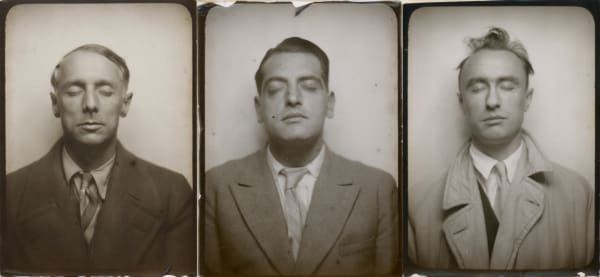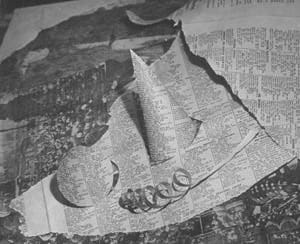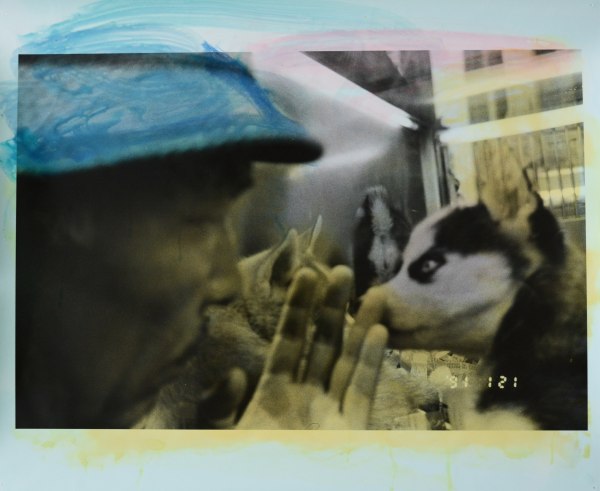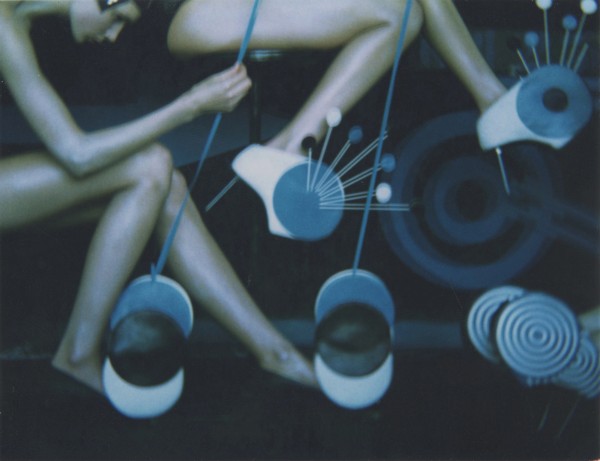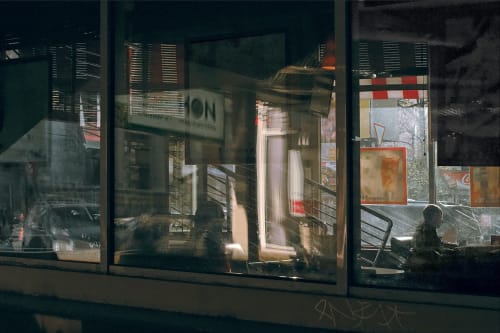Paris Photo 2022: Grand Palais Éphémère • Stand D27
Past exhibition
Works
-
 Paul Facchetti Portrait of André Breton, Paris, 1953
Paul Facchetti Portrait of André Breton, Paris, 1953 -
 Unique Photomaton Group of Photomatons: Max Ernst, Luis Buñuel, Yves Tanguy, 1929
Unique Photomaton Group of Photomatons: Max Ernst, Luis Buñuel, Yves Tanguy, 1929 -
 Deborah Turbeville, West 14th St., New York City, Calvin Klein, 1976
Deborah Turbeville, West 14th St., New York City, Calvin Klein, 1976 -
 Horacio Coppola, Recortes (Londres), 1934
Horacio Coppola, Recortes (Londres), 1934 -
 Masahisa Fukase, Private Scenes - Untitled, 1991
Masahisa Fukase, Private Scenes - Untitled, 1991 -
 Keiichi Tanaami, Collage Book 9_13, 1973
Keiichi Tanaami, Collage Book 9_13, 1973 -
 Sarah Moon, Untitled, 1999
Sarah Moon, Untitled, 1999 -
 Krass Clement, Drum 81, 1991
Krass Clement, Drum 81, 1991 -
 Krass Clement, Drum 85, 1991
Krass Clement, Drum 85, 1991 -
 Boris Savelev, Cafe Ion, Moscow, Russia, 2009
Boris Savelev, Cafe Ion, Moscow, Russia, 2009 -
 Boris Savelev, Morning Bus, Czernowitz, Ukraine, 2020
Boris Savelev, Morning Bus, Czernowitz, Ukraine, 2020 -
 John Bulmer, Cambridge Night Climbers, 1958
John Bulmer, Cambridge Night Climbers, 1958 -
 John Bulmer, Night Climbers Cambridge, 1958
John Bulmer, Night Climbers Cambridge, 1958
Overview
For this year’s edition of Paris Photo, the Michael Hoppen Gallery has curated an exhibition of exquisite, unique works. The term ‘unique’ has become ubiquitous, but we use it here in its true sense, meaning ‘one of kind’.
The advent of digital photography has seen a shift away from traditional photographic processes and print-making. We are delighted to present a group of unique objects, including hand-coloured silver gelatin prints, polaroids, and photocollages by some of the most significant masters of the twentieth century.
Japanese photographer Masahisa Fukase (1934-2012) was amongst the most radical of his generation. In his playful series Private Scenes of 1991, he turned his camera on himself, capturing his profile against the backdrop of his everyday normality. Each of these prints is a hand-coloured, unique self-portrait produced 20 years before the global trend of the monotonous iphone ‘selfie’ with which we are familiar today.
The gallery will present two exceptional examples of post-war Japanese Modernism: a extremely rare collage by Kiyohiko Komura, which resonates with the influences of European Surrealism; and another collage from the same year, 1950, by Kansuke Yamamoto, his “Floating City”.
In 1928 the first photobooth arrived in Paris. Patented by Anatol Josepho in 1925, this automatic machine produced a unique strip of photographs without the intervention of a human operator. No one was more excited than the leader of the Surrealist movement, André Breton, who was first in the queue and brought along his circle of friends to try it out as part of a Dadaesque experiment. The gallery will display three sets of unique photobooth strips from this period, including an enigmatic portrait of Yves Tanguy. Alongside these is Paul Facchetti’s extraordinary portrait of André Breton himself, from the year 1953.
We are thrilled to be exhibiting a group of John Bulmer’s evocative ‘Night Climbers’ which were shot in Cambridge in 1958-1960 when he was an intrepid student at King’s. Camouflaged beneath the nocturnal sky, the daredevil explorers traverse the urban environment using techniques traditionally found in bouldering and rock climbing. The intricacies of the city’s gothic architecture provide climbing surfaces that are not dissimilar from the crimps and holds found on mountains or artificial climbing walls.
Just weeks before Bulmer was due to take the final exams of his engineering degree, he was expelled for a series of photographs he took of student climbers scaling King’s College Chapel which were published in The Sunday Times. Leaving for London upon his expulsion, Bulmer was offered a position working at the Daily Express, and went on to achieve tremendous acclaim as a photojournalist with a career spanning over 60 years.
A wall of the booth will be dedicated to a group of photographs by the contemporary Danish photographer Krass Clement, from his series Drum, which takes its name from the eponymous Irish village where all the photographs were shot over the course of one evening in a small pub in 1991. The images are darkly atmospheric, almost melancholic, as Clement’s assiduous eye captures the men’s pensive expressions and the deep lines of their faces. In the sparse text that accompanies the photographs, the reader is informed that the pub was the meeting place for local Protestants in what is otherwise a predominantly Catholic region.
Clement’s beautiful, richly toned silver gelatin prints will be juxtaposed by the works of Ukrainian photographer and former rocket engineer, Boris Savelev. Savelev’s multi-layered pigment prints on aluminium are produced by master printers Factum Arté in Madrid. His works of elegant observational realism are focussed on light and form – a constructivist aesthetic that Savelev credits to his 'methodical, scientific background'. These views of the artist’s hometown, Czernowitz in Ukraine, dating back to the 1980s, feel particularly poignant now.
News
-
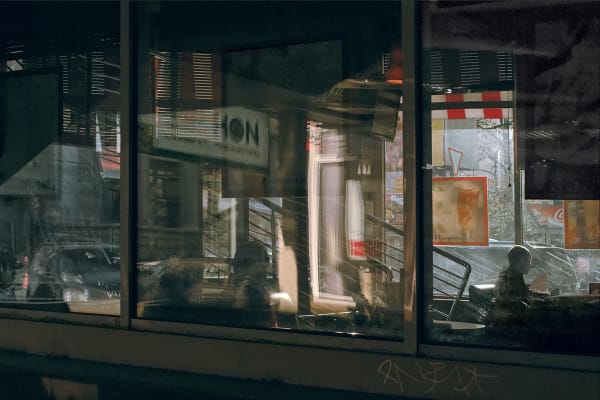
Paris Photo 2022
Michael Hoppen's Highlights November 1, 2022Michael Hoppen Gallery is delighted to share a preview of our Paris Photo presentation. The fair opens at the Grand Palais Éphémère in the grounds...Read more -
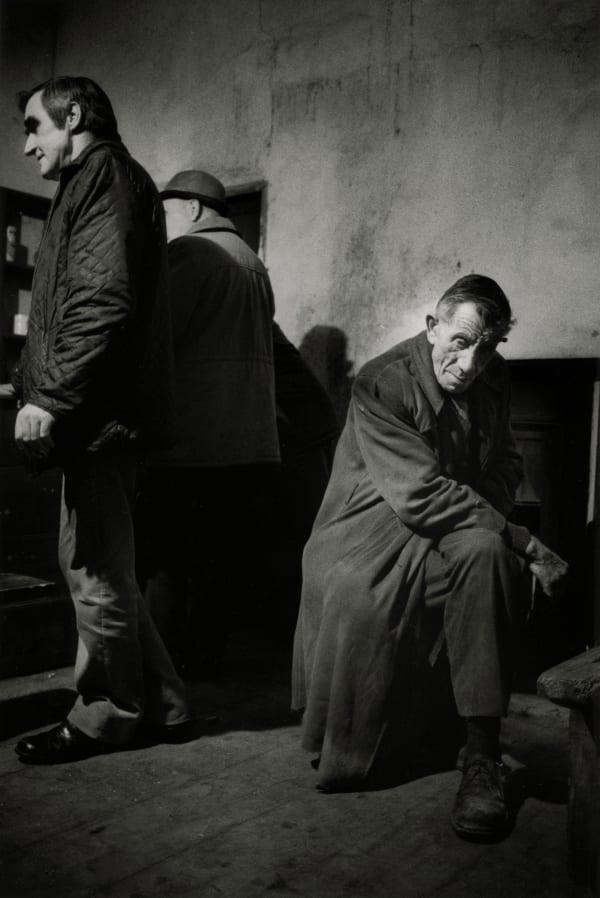
Krass Clement
New Representation October 25, 2022Michael Hoppen Gallery is proud to announce representation of Danish photographer, Krass Clement (b. 1946). Clement graduated as a film director in 1973 but soon...Read more

